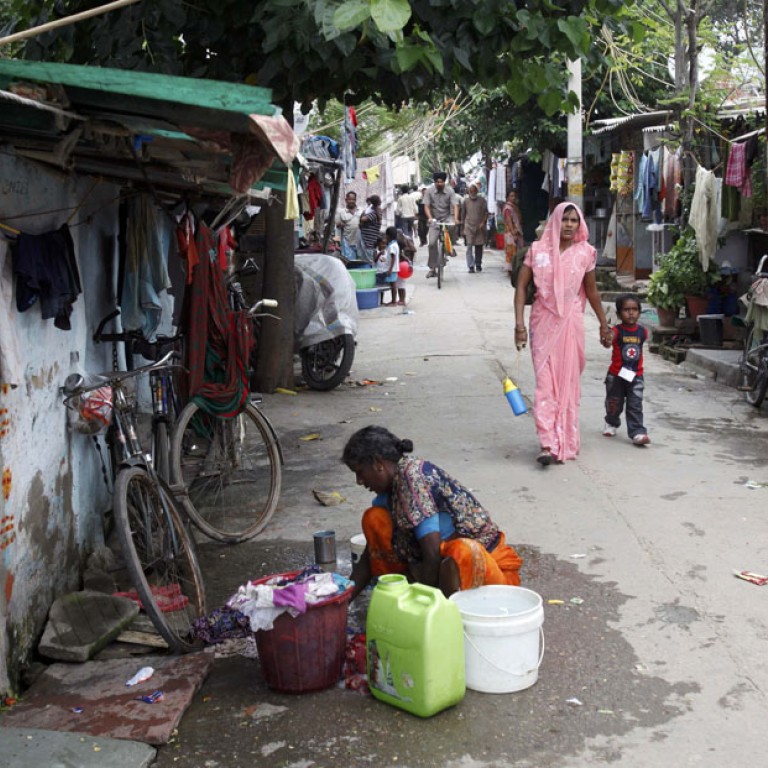
Poverty figures can't hide India's shameful squalor
Amrit Dhillon says political contempt and lack of compassion has left poorest people in gutter
Poverty forces Indians to live in sewer-like hovels, eat horrible food, cope without running water, defecate in the open, and endure a squalor that haunts them from birth to death.
Glance in any direction and it's painfully obvious that this immense and degrading poverty is still the norm for millions.
But the Indian government was patting itself on the back recently, delighted to be able to announce that the latest poverty statistics show that the number of people who live below the poverty line has fallen from 37.2 per cent of the population in 2005 to 21.9 per cent in 2012. That's a fall of 138 million.
The figure is all the more striking for being much sharper than the previous fall in the poverty figures between 1994 and 2005 when a niggardly decline from 45.3 per cent to 37.2 per cent was recorded.
That morning my coffee tasted better and my spirits lifted, but the euphoria was ruined by two things: some hard-hearted comments made by Congress politicians on the cost of food that betrayed their contempt for the poor, and the realisation that the definition of poverty used in India is scandalously low.
But first the Marie Antoinette remarks. Congress legislator Raj Babbar said you could get a meal in Mumbai for 12 rupees (HK$1.50). His colleague, Rasheed Masood, said five rupees was enough to buy a meal in Delhi.
Both men appear not to realise that the poor cannot afford milk, eggs, or any but the cheapest vegetable. Forget meat or fish. With rampant inflation, they cannot afford onions or tomatoes to give a bit of flavour to a watery potato pottage.
Apart from the contumely of these gentlemen, India's definition of poverty is problematic. It is based on the spending of an individual. Only someone spending up to 27 rupees a day in rural areas and 33 rupees a day in urban areas is counted as living in poverty.
These figures are mind-boggling. Even if you can buy a few bananas and onions, the average slum-dweller has to pay rent for his hovel, pay for clothes, medical expenses, school textbooks, transport, electricity, and cooking gas.
The amounts seem to have been conjured up and calibrated by a misanthrope to ensure that it just, only just, stops short of causing organ failure. So yes, the number of poor in India has fallen but only because the definition of poverty is so disgracefully low.
Mahatma Gandhi said that "a nation's greatness is measured by how it treats its weakest members". By that yardstick, India is a long, long way from greatness.
Better-off Indians treat their poor compatriots as though they are an inferior species and this is one reason why India is still struggling to lift people out of poverty - they just don't care.

